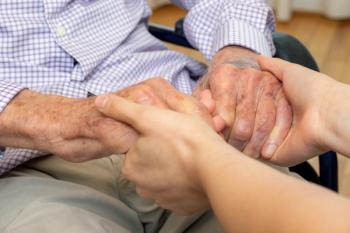
Looking at cancer care and disturbing disparities by race
Harlan Levine of City of Hope talks about the need to improve outcomes and access for patients in underserved communities.
Even as cancer care has improved, troubling disparities in outcomes remain among certain groups.
Black women are a little less likely to develop breast cancer than white women, but the mortality rate among Black women is 40% higher, according to the
Harlan Levine, president of health innovation and policy at City of Hope, talked with Chief Healthcare Executive® about the need to improve cancer care in disadvantaged communities.
“Certainly, there are subpopulations and underrepresented populations, particularly people of color, that just simply have worse outcomes,” Levine says.
Some of those disparities are driven by some patients in minority communities having lower incomes and less access to doctors. Some disparities are often determined by zip codes, he laments.
“I don't want to overlook the social determinants of health and your ability to pay for care, access to care, to seek out advanced care from academic centers,” Levine says.
Healthcare providers need to employ more outreach to connect with patients from minority groups and others who are underserved. Part of that is simply finding better ways to educate patients about being screened regularly for certain cancers.
Hispanic patients with stomach cancer are often diagnosed when the cancer has reached a more advanced stage, he notes.
“I also think that there's a lack of culturally appropriate messaging that goes into these communities,” Levine says. “So patients aren't really aware of the importance of screening, they aren't aware of the importance of following up and symptoms. And then oftentimes because of the health product they're in, there's often a lack of access to specialization or just a delay in the system to get to the care that they need.”
“There's no doubt that we have always been slow in the healthcare system to address the needs of the underrepresented communities,” he adds.
He says there needs to be
As Levine notes, Black individuals, and members of other minority groups, may have transportation issues or other factors making it more difficult to participate in clinical trials.
Health systems must understand “the challenge of African-Americans and other minorities getting to the academic centers where these trials typically take place,” Levine says. “It's a problem with getting access to the more advanced care.
“People are being treated differently,” he adds. “We're not making enough effort to overcome the social determinants of health.”
Read more:








































